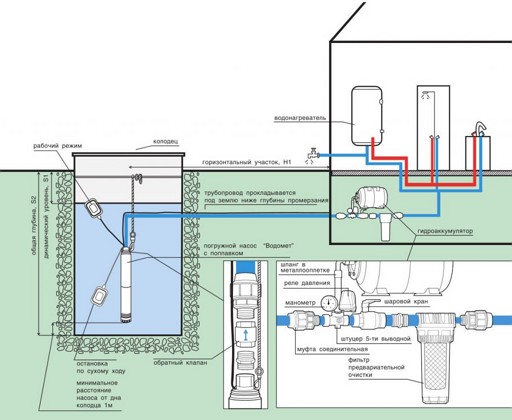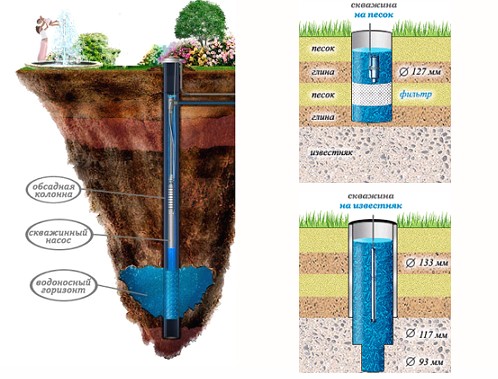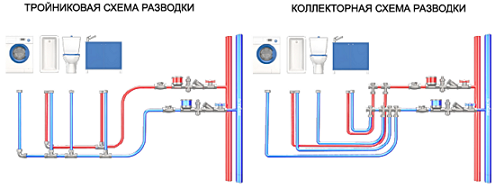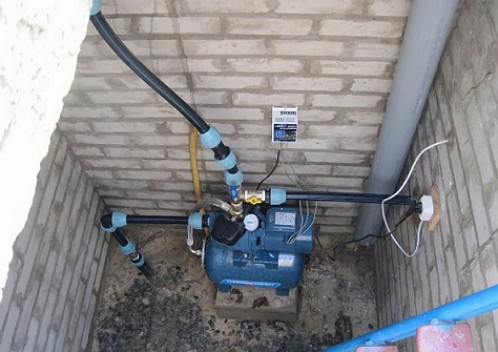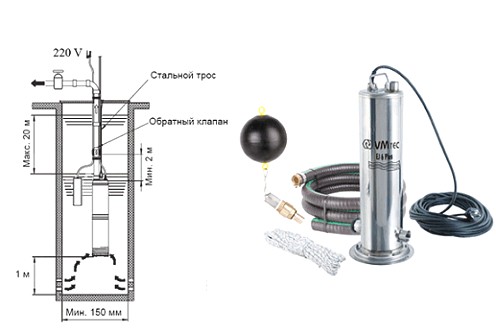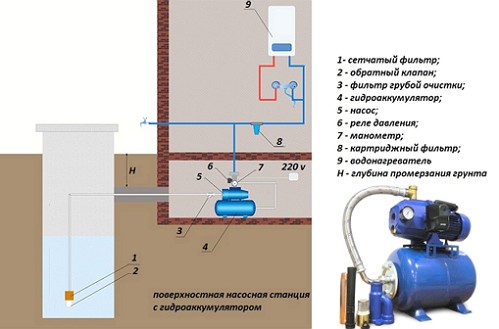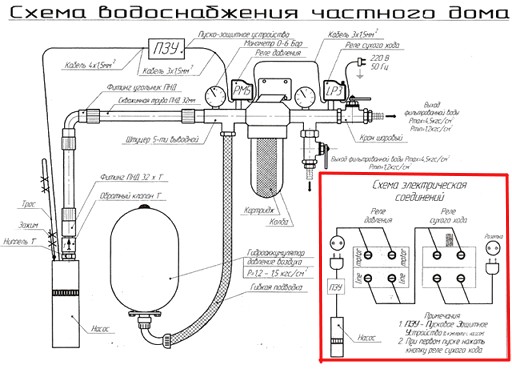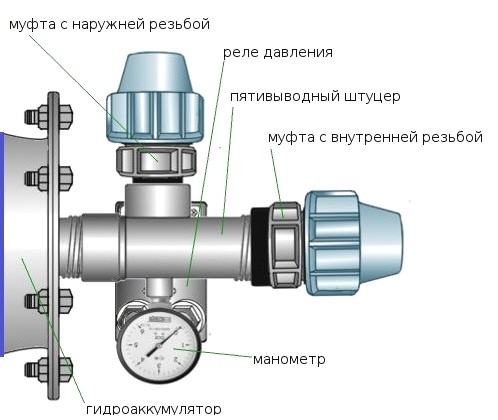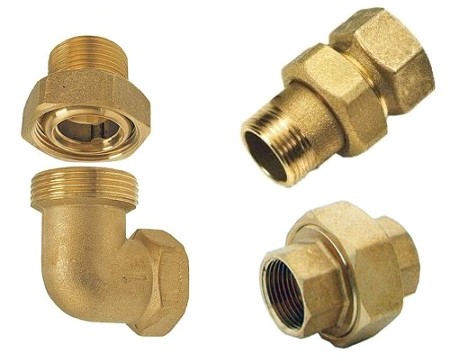It is known that the pipeline is an originally man-made structure. Modern water supply systems of houses represent well-equipped structures, smoothly and clearly performing the functions assigned to them. Naturally, the proper operation of the system is preceded by the right choice of materials and equipment, as well as useful advice from the masters.
Content
Water supply system
Important engineering issues of concern to developers and owners of private homes are the design and installation of life-supporting water supply systems. The most popular and demanded way of supplying and delivering water is the water supply of a private house from a well.
The lack of centralized water supply of a private house, the price of which is solid, makes it necessary to implement by-pass ways of creating a private water pipeline. However, the features of the installation and installation of the water supply require a professional approach, it is recommended to start the water supply activities with the system design and the evaluation of the initial data.
Exaggerated arrangements for installation and design consist of the stages:
- selection and justification of the existing source of water supply
- design and optimization of water distribution system layouts
- wiring, installation and installation of water supply components.
The choice of the source of water supply begins with the study of the technical capabilities of the existing source of water supply, including the mode of water supply, flow rate and the number of drains. These calculations will help to correct the operation of the system nodes.
Helpful Tips
Each source of water supply at home - shaft well or well, characterizes the presence of a powerful aquifer and the depth of its occurrence, which affects the height of the rise of water. Naturally, the choice of pump capacity should correspond to the possibility of reaching the depth of the aquifer by the unit. We will suggest that the depths of occurrence of sandy layers reach 35 m, artesian to 200 m.
The schemes of connection of consumers of water supply to the house from the well are different. There are schemes for parallel and serial connection of consumers. Sequential connection of consumers and pipes for cold water supply will provide water with no more than 2 water disassembly units. For serial connection, use a T-joint system for 1 input and 2 outputs per consumer. Parallel connection scheme involves the installation of a collector with the laying of water supply pipes to all water consumers. Design for existing connection schemes is possible from the well and from the well.
Project of the water supply system
scheme and composition of water supply
No new schemes of water supply have been invented yet, therefore the composition of the system of water supply of a private house from a well and the scheme are supported by such components:
- natural source of water supply
- a drilled well or well with a pumping station
- accumulating storage tank
- external pipeline connecting the pump and the internal water supply system
- water purification filters and a collector with shut-off equipment
- caisson with automatic pressure support system in the pumping station and the system.
The choice of equipment and materials for the creation of a water supply system begins with the selection of the station. Recall that for well water supply preference is given to the submersible pump, from the well to the surface type.
pumping station
When designing and creating a water supply system, special attention is paid to the pumping station for water and the choice of components:
- downhole pump of surface or deep type
- automatic working pressure switch
- storage capacity.
The pump station also includes water purification filters and shut-off valves.
Detailed information about the pumping station is shown here.
Installation of water supply, step by step instruction
Step 1. Installation of the caisson on the prepared site in the foundation pit with the subsequent "anchoring", concreting and external waterproofing. The opening of the bottom of the caisson should correspond to the casing of the casing.
Step 2. Trenching of the appropriate depth and slope for the installation and fixing of water pipes.
Step 3. Installation of a pumping station with the installation of a safety rope made of stainless steel in the borehole.
Step 4. Subsequent tying of the check valve lifting pipe with HDPE 32 fitting, HDPE 32 elbow and HDM 32 mm well bore pipe.
How to assemble the HDPE fitting by hand, is shown in the video.
Step 5. Installation of the storage tank and strapping using a five-branch connection, with the connection of a pressure gauge, automatic pressure switch, filter cleaning and borehole pipes.
Step 6. Connection of the "American" fitting, installation and connection of plastic well pipes ø 20, 25 and 32 mm from the pump (internal water supply).
Helpful Tips
Calculation of the diameter of the pipes of the internal pipeline is made with respect to the length of the pipeline. For the length of the internal pipeline up to 30 m, the diameter of the pipes is 25 mm, for the pipe L less than 10 m - the diameter of the pipes is 20 mm. For a pipe L of more than 30 m, the diameter of the pipes is 32 mm.
Piping connection of the chosen diameter is produced using the apparatus for welding PVC pipes and spent technology.
Calculation of the diameter of the collector pipe is carried out by counting the number of water users. For reference: the diameter of the collector pipe 25 mm will provide water consumption in the volume of 30 liters per 1 min, diameter 32 mm - 50 l / min.
Step 7. Installing a cleaner filter and a collector with a shut-off valve.
Step 8. Mounting of the fitting and ball valve for the exit of filter water with the distribution of water supply pipes to plumbing fixtures (external pipeline).
Step 9. Connection of the start-up protection device and the control start-up of the water supply system.
Let's add that the system connection diagram of the system ROM is adapted for the user, making the installation simple and affordable.



